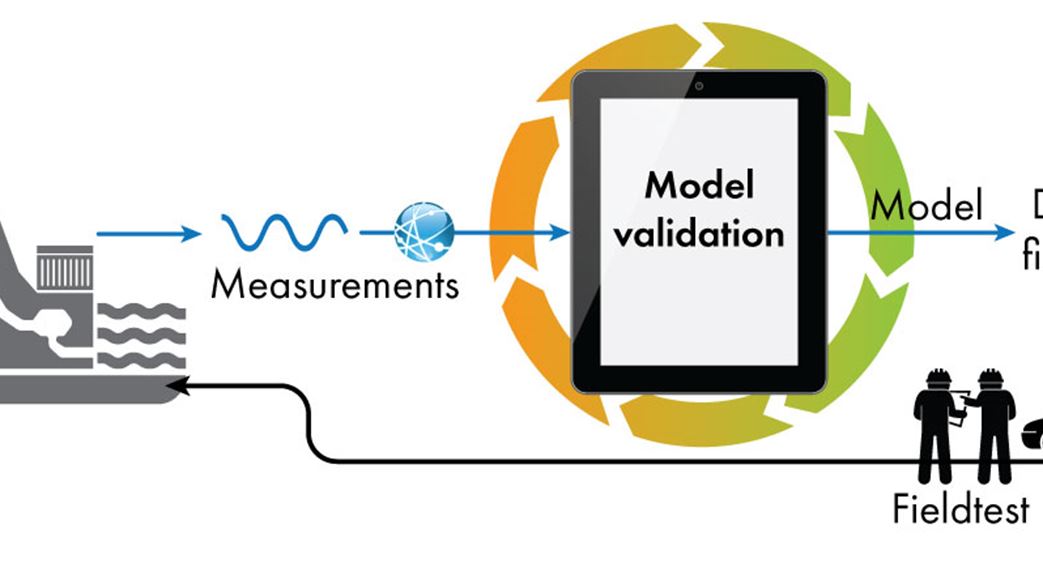FCR is crucial for maintaining power system stability, and consequently essential for ensuring the security of the power supply.

The main objective is to develop and validate a new and simpler process for FCR pre-qualification, achieved through the following sub-goals:
- Validate simulation models of power plants using real-time measurements without disrupting operations.
- Determine the amount of qualified FCR based on verified simulation models.
- Propose measures to increase the qualified amount of FCR based on verified simulation models.
- Validate the process on at least three power plants with different turbine types (Pelton, Francis, and Kaplan).
- Demonstrate the methods in an online environment with real-time data.
Societal and Industry Need/Challenge:
The balance between produced and consumed power in the power system must be maintained at all times, a critical responsibility of Statnett as the Transmission System Operator (TSO). Failure to maintain this balance may necessitate actions such as disconnecting customers from the grid, and in extreme cases, there is a risk of a system collapse (blackout) and reduced power supply security. The green transition makes this balancing act more challenging, primarily because non-regulatable production sources like wind and solar lead to faster and more arbitrary changes in produced power.
Technical Challenges:
The imbalance between produced and consumed power results in a grid frequency deviating from 50 Hz. Balancing power is essentially equivalent to keeping the frequency at 50 Hz. Statnett achieves this by purchasing frequency reserves, with FCR being responsible for limiting frequency deviations. FCR is traditionally provided by power plants ramping up and down to counteract power imbalance. Statnett and the Nordic TSOs are introducing new requirements for FCR, involving extensive and time-consuming testing of power plants to pre-qualify them for the FCR market. The proposed pre-qualification tests are expensive and resource-intensive for power plant owners. This could lead to less pre-qualified FCR, resulting in lower earnings for power plant owners, higher operating costs for TSOs, and poorer power supply security.
Project Solution and Value:
The fundamental idea behind Freki is that the power system is continuously exposed to disturbances that allow validation of power plant models. These models can be used to pre-qualify power plants for the FCR market, suggest measures to deliver more FCR, and eliminate the need for resource-intensive field testing. This will lead to more rapid and cost-effective pre-qualification of FCR. More pre-qualified FCR will contribute to improved power supply security, crucial for the green transition and society. TSOs will have more FCR options, resulting in lower operating costs. Power plant owners will save resources and money on pre-qualification and can deliver more FCR to the market.
About the Freki Project:
Statnett represents the Nordic TSOs in the project. Staktraft, Hafslund-ECO, and Skagerak Energi represent hydropower owners. Fornybar Norge represents other power plant owners. Aker Solutions represents turbine suppliers and consultants who can assist power plant owners with pre-qualification. The proposed innovations will open up more market opportunities for providers of digitalization solutions. Additionally, turbine suppliers will have new market opportunities for providing software for testing and updating turbines.
The need for innovations lies with Statnett and hydropower owners, who have contributed to the needs description in a pre-project conducted in the fall of 2022.
Project owner
Project partners
- SINTEF Energi AS
- Hafslund ECO Vannkraft AS
- Statnett SF
- Skagerak kraft AS
- Aker Solutions AS
- Statkraft Energi AS
Freki is an Innovation Project for the Industrial Sector partly financed by the Research Council of Norway.

